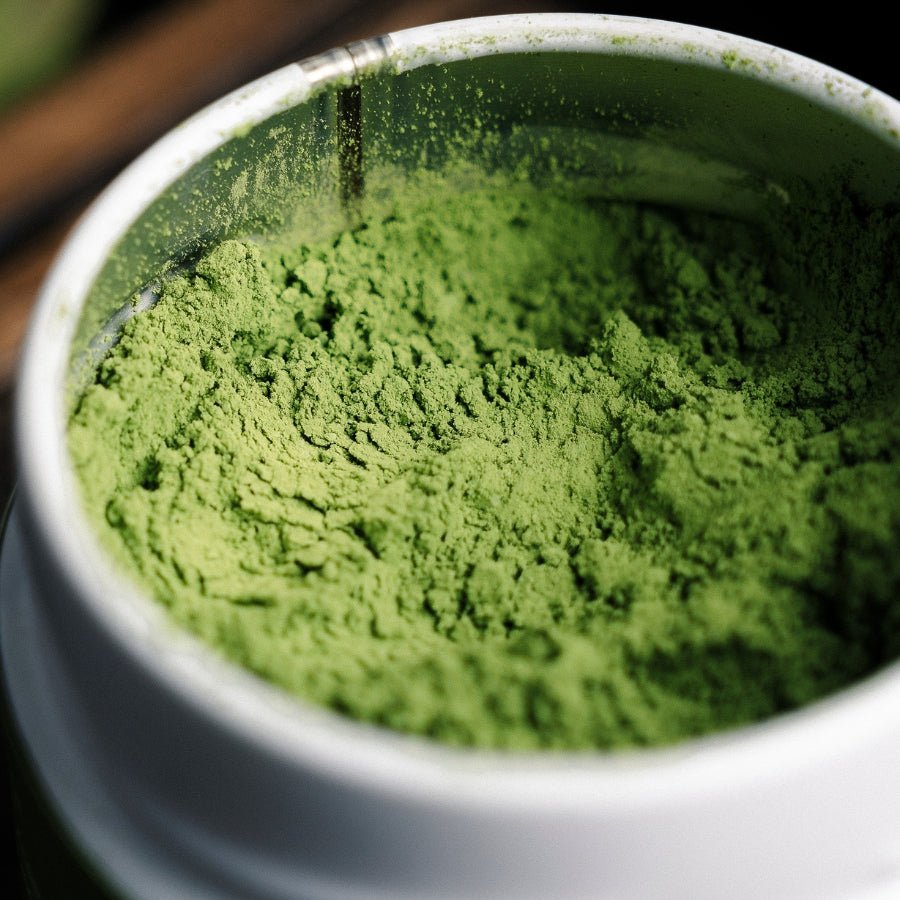

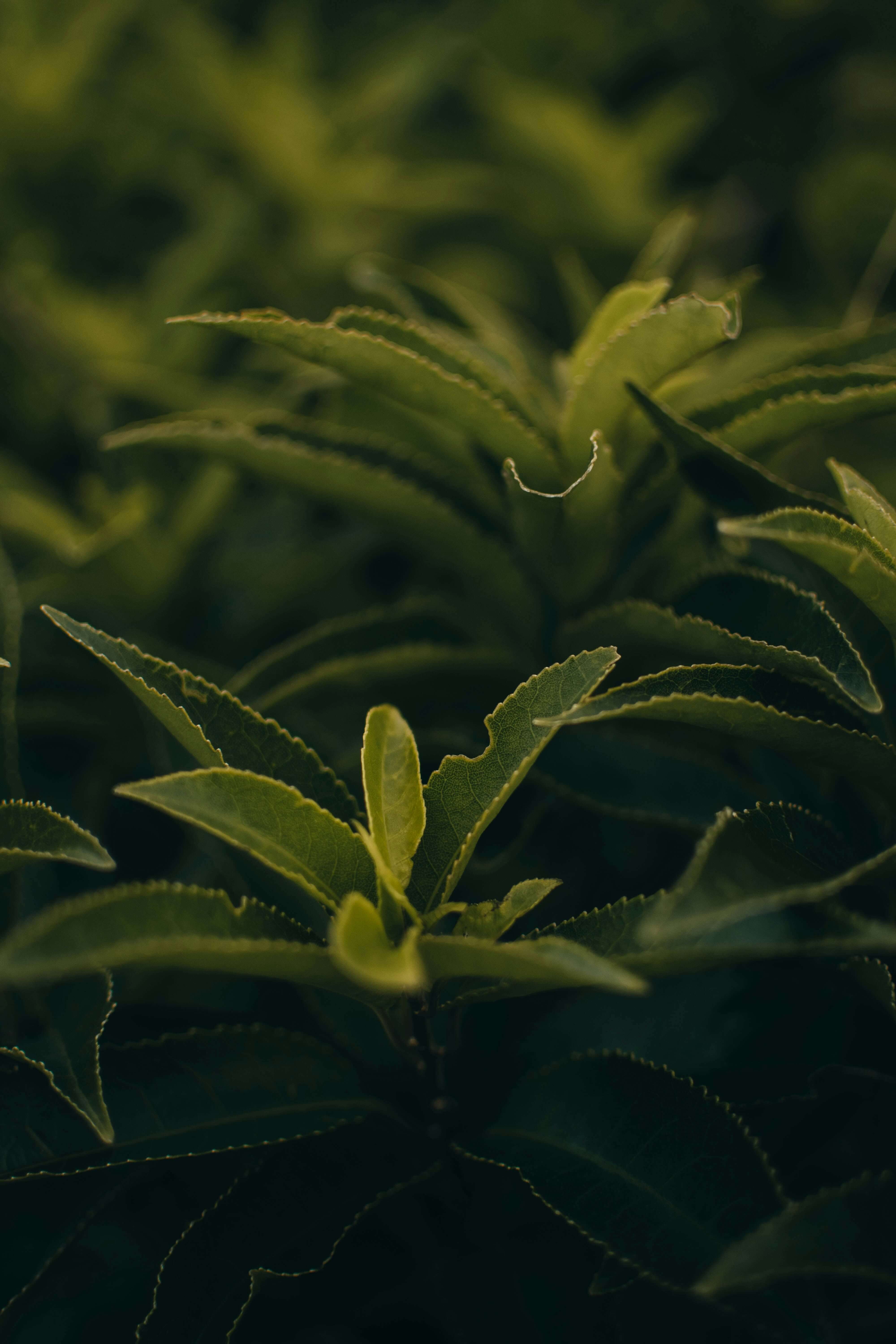
シェードティーとは何ですか?シェーディングプロセスは「大石田」栽培として知られ、収穫前の特定の期間、茶の木を特別なネットや藁マットで覆い、日光を遮ることを含みます。これにより、葉のクロロフィルαの量が増加し、茶葉の色が濃くなり、葉肉が薄くなり、うま味がより長く保たれます。
この方法には3つの主要な利点があります:
★風味の向上:屋外栽培と比較して、旨味と甘みが相対的に大きいです。
★新生アロマ:豊かで複雑な独特の「オイカ」(シェードアロマ)の開発。
★リッチカラー: 高いクロロフィルα含有量から生まれる深い緑色が、茶の鮮やかな外観に寄与しています。
今日は、かぶせ茶、玉露、そして天茶(抹茶の葉)を比較し、それぞれの製造過程、その影響、そしてそれによって生まれる独自の特性について説明しましょう。
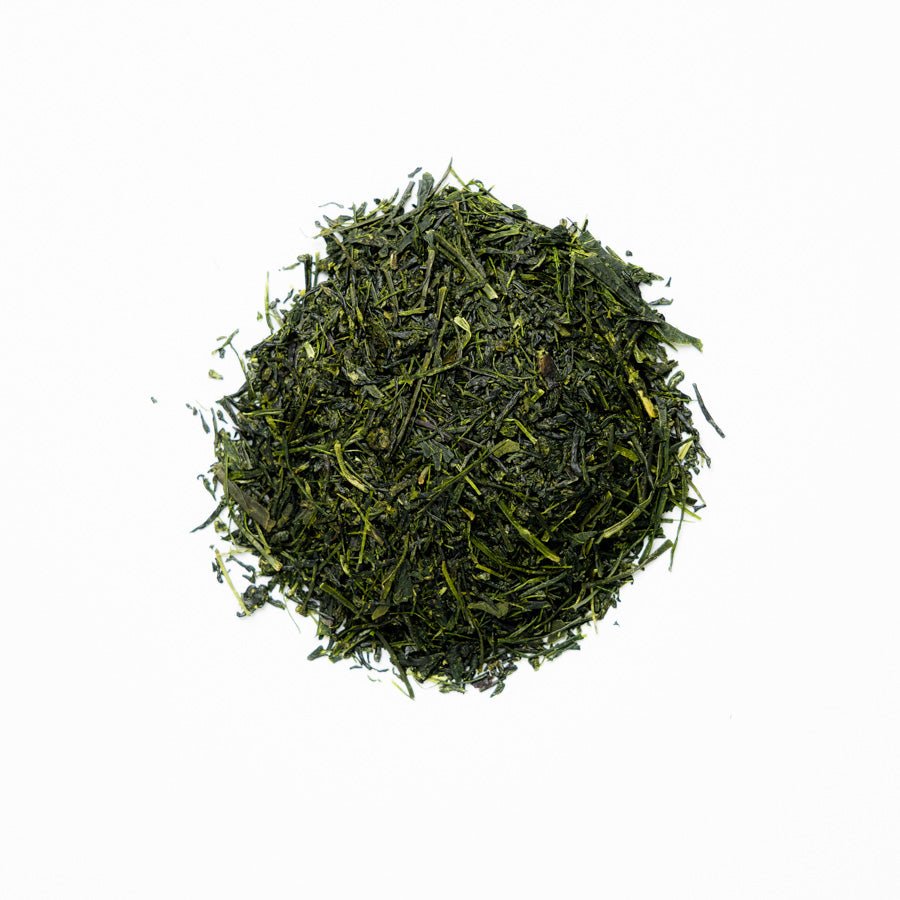
かぶせ茶、または「被覆茶」は、収穫の約1〜2週間前に日陰で育てられます。
この適度な日陰期間は、日光で育てられた茶の鮮やかな風味と、強く日陰にされた茶の豊かな旨味の間で完璧なバランスを保っています。
かぶせ茶は、そのバランスの取れた風味と香りで知られており、茶愛好家の間で人気があります。
主な特徴:
★シェーディング期間:1 ~ 2週間
★フレーバープロファイル:バランスの取れた旨味と甘さ。
★外観: セン茶に似た紡錘形の葉
★抽出:急須での抽出に適しています。
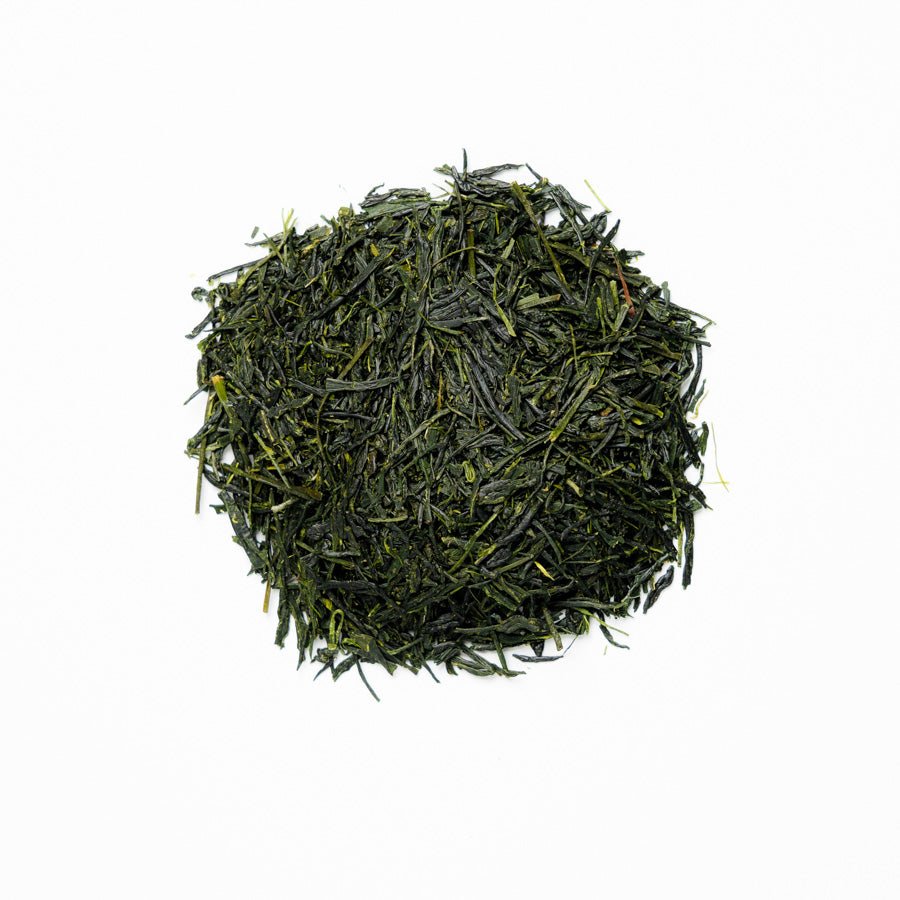
玉露(Gyokuro)は「翡翠の露」という意味で、日本の最も貴重な茶の一つです。
収穫の約3週間前に日陰にされます。この長い日陰の期間は、濃厚で甘く、旨味のある風味を持ち、深い緑色を伴うお茶を生み出します。
主な特徴:
★シェーディング期間:3週間
★フレーバープロファイル:リッチな旨味、甘く、プレミアムな茶体験のための複雑さ。
★外観: セン茶に似た紡錘形の葉、より濃い緑色。
★抽出:温度を下げた急須で、繊細な風味を引き立てます。
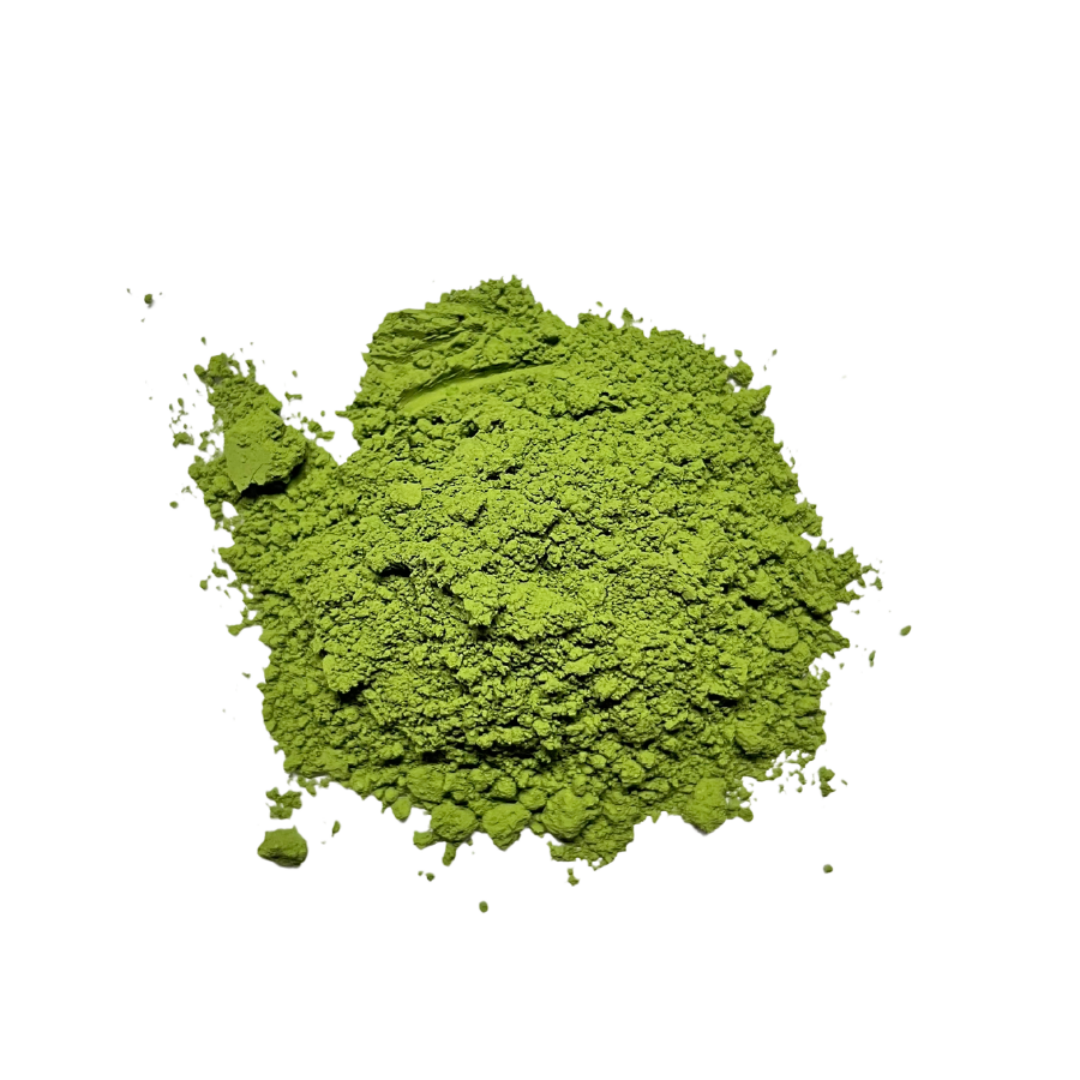
甜茶は収穫の3〜4週間前に日陰で育てられます。かぶせ茶や玉露とは異なり、蒸された後の天茶の葉は丸められず、そのまま乾燥されます。これにより、伝統的な茶道で使用される粉末緑茶の抹茶に挽きやすくなります。主な特徴:★遮光期間:3 ~ 4 週間★フレーバープロファイル:濃厚な旨味と滑らかでやや植物的な味わいがあり、抹茶に挽くのに適しています。★外観:平らで、巻かれていない葉は、軽くて壊れやすい。★淹れ方:通常は抹茶に挽かれますが、他のリーフティーのように淹れることもできます。
日陰で育てられたお茶、例えばかぶせ茶、玉露、天茶は、日光で育てられたお茶とは異なる独特で複雑な風味体験を提供します。日陰のプロセスとそれが茶に与える影響を理解することで、日本茶を特別なものにしている繊細な風味や香りを楽しむことができます。
Kabusechaのバランスの取れた味、玉露の贅沢な風味、または天茶の豊かな旨味のいずれを好むにせよ、これらの覆い茶を探求することで、日本の茶文化への理解が深まるでしょう。
これらの絶妙な日陰茶を試し、その微妙な風味と魅力的な香りを発見することをお勧めします。各種の日陰茶は、日本の茶作りの芸術性と伝統を独自に垣間見ることができます。
お茶の旅を楽しんで、私たちと経験を共有してください!私たちのソーシャルメディアチャンネルをフォローして、茶道の達人、本井茂平からのさらなる洞察や最新情報をお楽しみください。